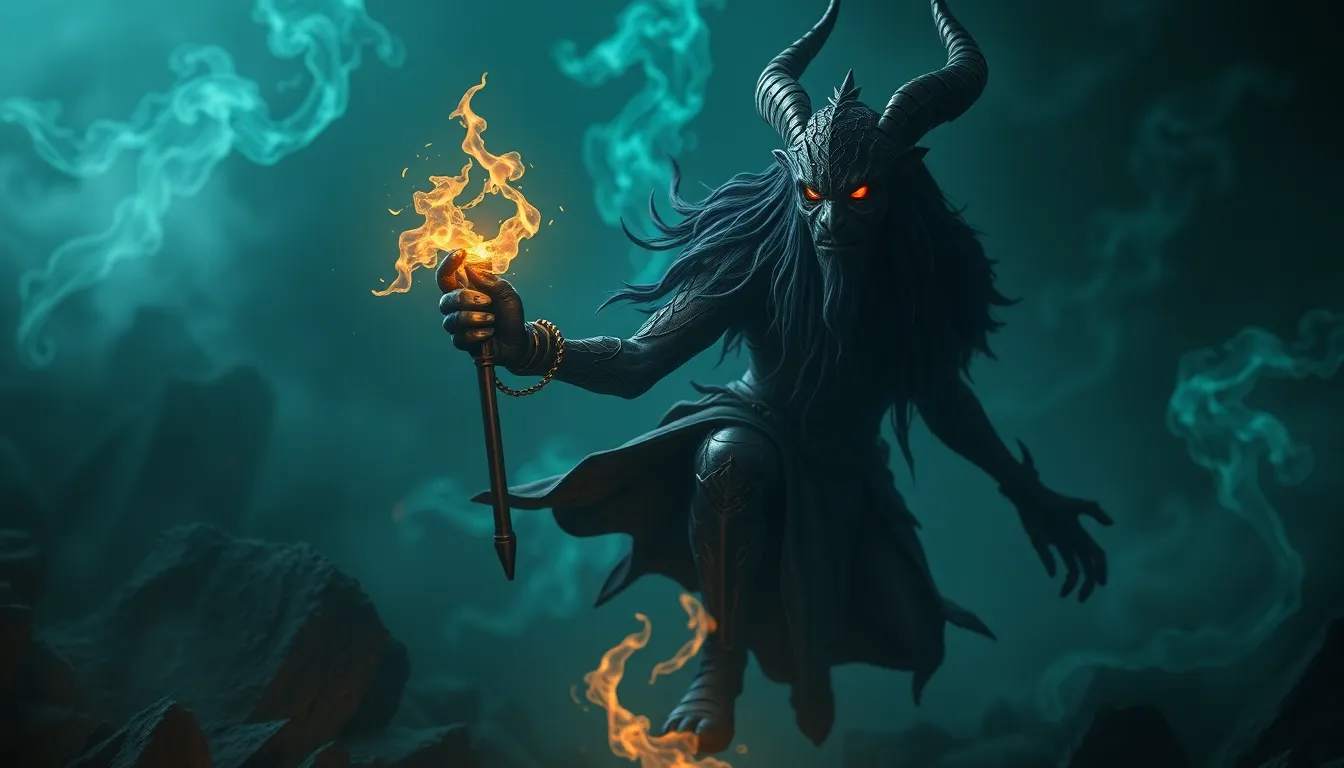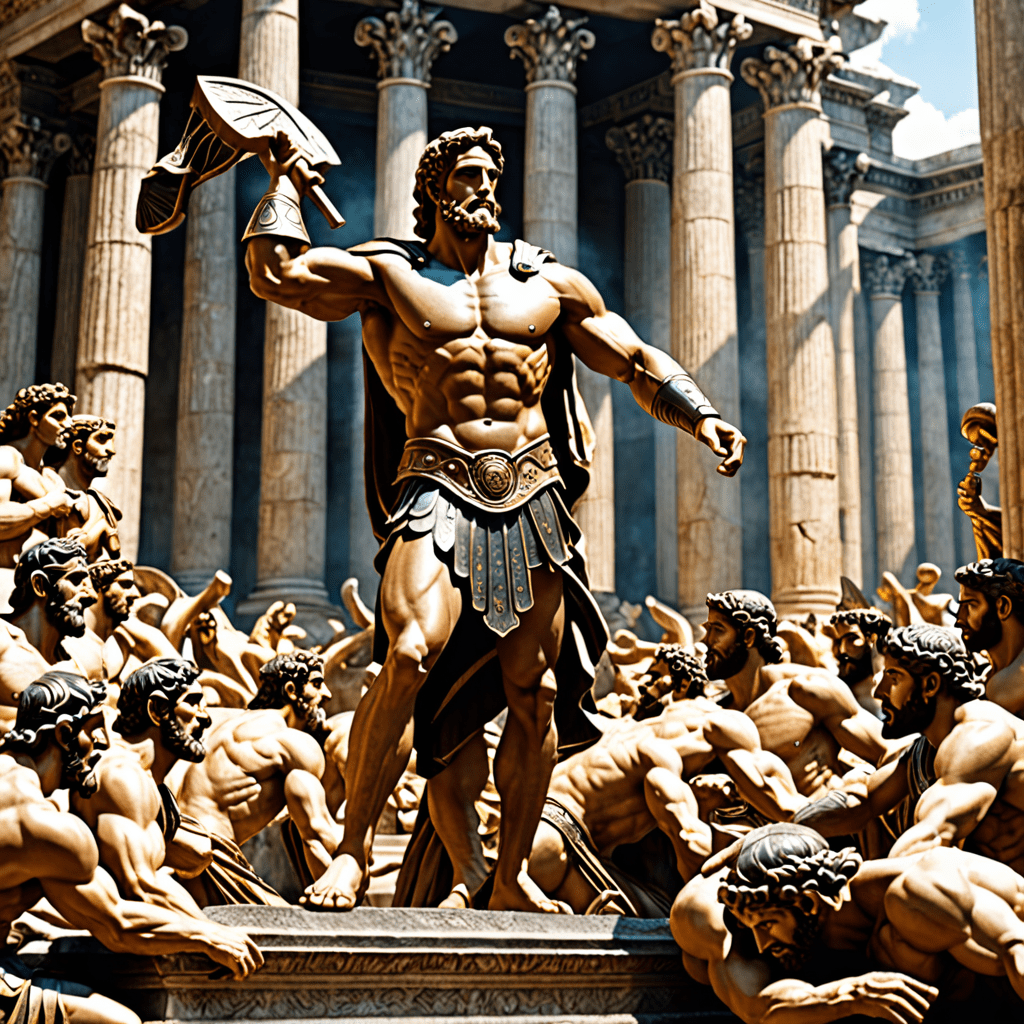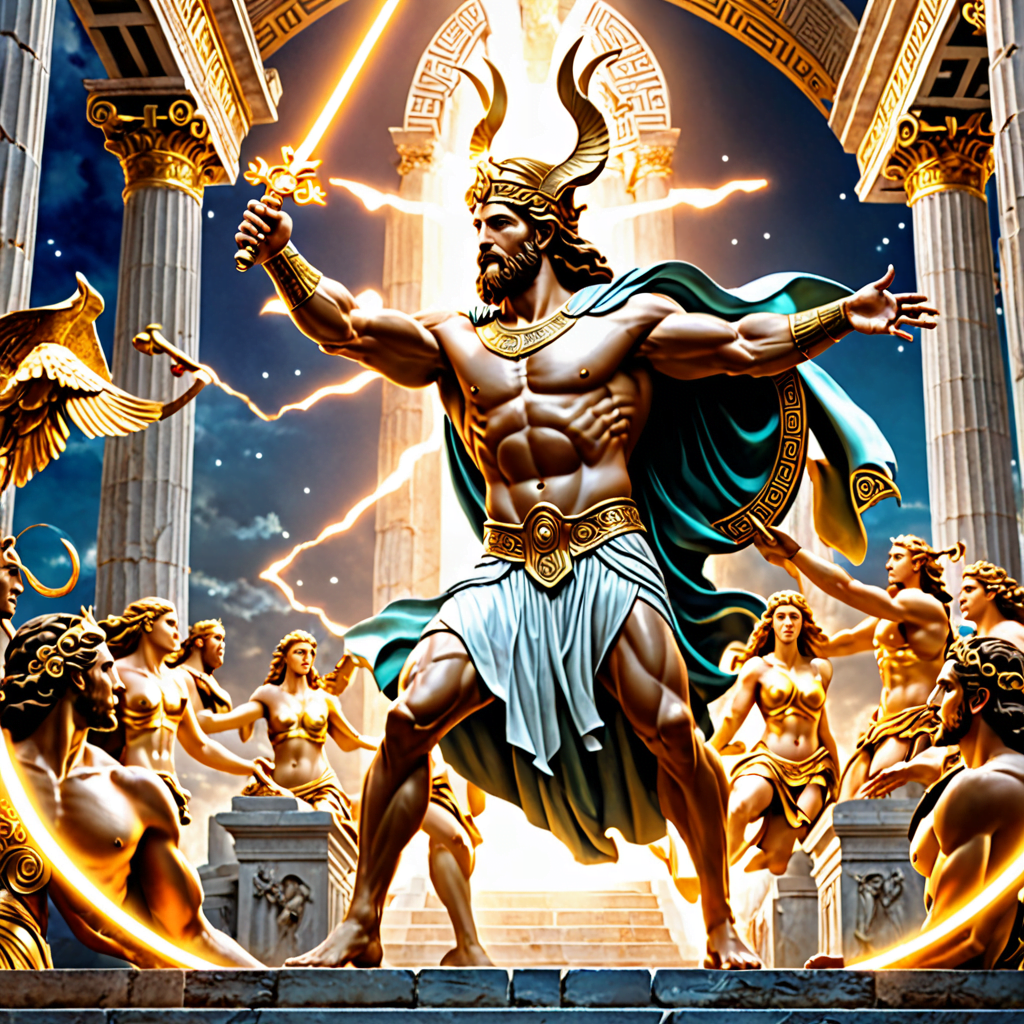The Trickster as a Catalyst for Change in Legends
Introduction to the Trickster Archetype
The trickster is a compelling figure found in various mythologies and folklore across the globe. Defined as a character who embodies chaos and ambiguity, the trickster often subverts traditional norms and expectations. These figures are known for their cleverness, humor, and ability to navigate between the realms of order and disorder.
Common traits of trickster figures include:
- Thievery and deception
- Humor and wit
- Transformative abilities
- Questioning authority and societal norms
The trickster’s role is significant in cultural narratives, as they often serve as catalysts for change, challenging the status quo and prompting both characters and societies to reflect on their values and beliefs.
Historical Context of Trickster Legends
Trickster tales have evolved over time, reflecting the cultures and societies from which they originate. These stories often rely heavily on oral traditions, which preserve the essence of the trickster through generations. As societies change, so too do their trickster stories, adapting to contemporary issues and values.
Prominent tricksters in various mythologies include:
- Loki from Norse mythology, known for his cunning and ability to shift allegiances.
- Anansi, the spider trickster from West African folklore, who embodies wisdom and creativity.
- Coyote in Native American traditions, often depicted as a symbol of chaos and change.
These figures not only entertain but also convey deeper truths about human nature and societal dynamics.
Psychological Perspectives on the Trickster
The trickster serves as a representation of the unconscious mind, embodying the chaotic and unpredictable aspects of human behavior. This dual nature—capable of both creating disorder and restoring balance—allows the trickster to challenge existing norms and provoke thought.
Trickster figures reflect societal norms and values by:
- Highlighting hypocrisy and contradiction within social structures.
- Encouraging individuals to question established beliefs.
- Demonstrating the fluidity of identity and morality.
In this way, the trickster acts as a mirror, reflecting the complexities of human nature and societal dynamics.
Tricksters as Agents of Change
Tricksters instigate change in narratives through a variety of mechanisms. They often disrupt the established order, challenging authority figures and societal norms. This disruption can lead to transformation, both for individual characters and the society at large.
Case studies of specific legends illustrate this role:
- In the story of Anansi and the Sky God: Anansi’s cleverness leads to the acquisition of stories, transforming the way knowledge is shared among people.
- Coyote’s escapades: Coyote’s actions often result in significant changes to the landscape and societal structures within Native American myths, affecting the lives of both gods and humans.
The impact of trickster actions can lead to profound changes, prompting characters to reassess their beliefs and ultimately facilitating societal evolution.
Tricksters and Moral Lessons
Trickster behavior often raises ethical questions, as these figures navigate the boundaries of right and wrong. The subversion of norms in trickster tales serves to convey moral lessons, illustrating the complexities of human behavior.
Some key aspects of moral lessons in trickster legends include:
- The consequences of deception and trickery.
- Lessons about humility and the nature of power.
- The idea that laughter can be a form of resistance.
The balance between humor and tragedy in these tales highlights the ambiguity of moral values, encouraging audiences to ponder the deeper implications of the trickster’s actions.
Cultural Variations of the Trickster
A comparative analysis of trickster figures across different cultures reveals unique traits and functions. Despite their differences, these tricksters share common themes of disruption and transformation.
Some notable examples include:
- African tricksters: Often portrayed as wise and resourceful, such as Anansi, who teaches moral lessons through his cunning.
- Native American tricksters: Figures like Coyote and Raven, who embody both creation and destruction.
- European tricksters: Characters like Reynard the Fox, who uses wit to outsmart his foes and critique societal norms.
The universality of the trickster theme across global myths underscores the importance of this archetype in human storytelling.
Modern Interpretations of the Trickster
In contemporary literature and media, the influence of trickster archetypes endures. Modern characters often embody the trickster spirit, challenging authority and societal expectations.
Examples of modern trickster figures include:
- Comic book anti-heroes: Characters like Deadpool and Harley Quinn, who blend humor with chaos.
- Film and literature: Characters such as Jack Sparrow from ‘Pirates of the Caribbean,’ who epitomizes the trickster’s charm and unpredictability.
The relevance of the trickster in today’s sociopolitical climate reflects ongoing struggles against conformity and the pursuit of individuality.
The Trickster’s Role in Social Critique
Trickster stories often serve as a means of challenging authority and social conventions. Through humor and satire, tricksters expose the flaws and contradictions within societal structures.
Notable legends that serve as social commentary include:
- The tale of Loki: His antics often critique the rigid hierarchies of Norse society.
- American folklore’s Br’er Rabbit: His cleverness and cunning serve as a form of resistance against oppression.
In this way, trickster figures become vehicles for social critique, inviting audiences to question their own beliefs and the systems they inhabit.
The Future of the Trickster in Legends
Looking ahead, the trickster archetype is poised to evolve even further in future storytelling. As cultural contexts shift, new interpretations of the trickster may emerge, reflecting contemporary issues and values.
Potential developments may include:
- The emergence of digital tricksters in online culture and social media.
- New narratives that challenge technological and societal norms.
- A greater focus on diversity in trickster representations across different cultures.
As we continue to explore the complexities of human behavior and societal dynamics, the trickster will remain a vital figure in our collective storytelling, inspiring change and reflection in a rapidly changing world.


